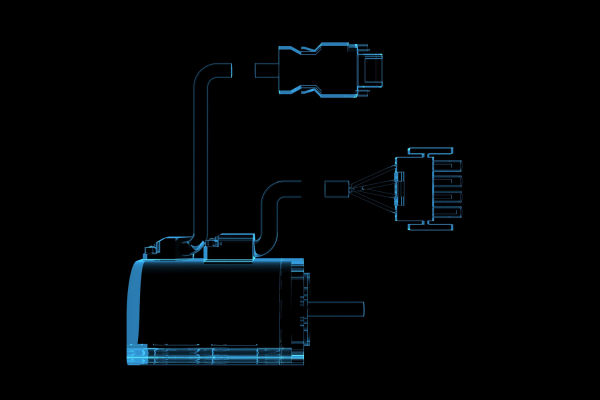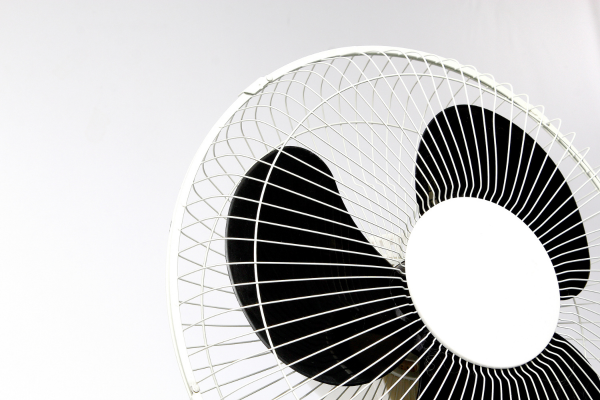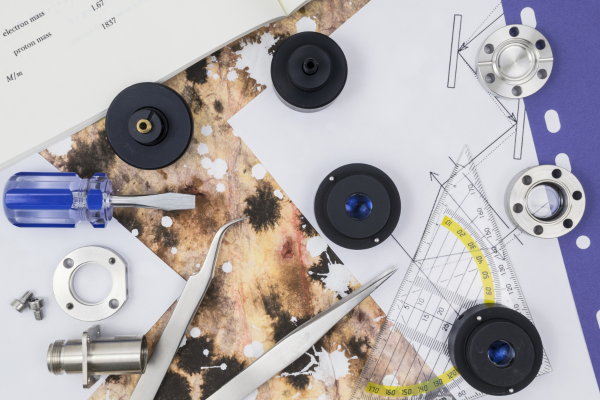Growing Demand for High-Efficiency Solutions
One of the most notable trends in the micro motor industry is the shift toward high-efficiency solutions. Modern micro motors are designed to consume less power while delivering higher performance. This is particularly evident in household appliances, where permanent magnet brushless motors are gradually replacing single-phase asynchronous motors. These brushless motors not only improve efficiency but also reduce noise and vibration, helping to create a more sustainable living environment.
Integration with Renewable Energy Systems
Micro motors play a crucial role in the integration and optimization of renewable energy systems. They are vital components in the operation of solar panels and wind turbines, where precise control and high efficiency are essential. By efficiently converting and managing renewable energy, micro motors help reduce reliance on fossil fuels and lower carbon emissions.
Electrification of Transportation
The rise of electric vehicles (EVs) is driving a major transformation in the automotive industry. Micro motors are at the core of this revolution, providing essential power for a range of functions from propulsion to auxiliary systems. For example, adopting ironless rotor motors in modern vehicles results in lighter, more energy-efficient designs, reducing fuel consumption and emissions. As demand for EVs continues to grow, the micro motor industry is expected to expand its footprint in this field, contributing to a greener transportation ecosystem.
Advancements in Industrial Automation
Industrial automation is another area where micro motors are making a significant impact. Integrating micro motors into CNC machines, robotics, and other automated systems enhances precision and efficiency. These motors are designed to meet high technical requirements, including low noise, low vibration, and high reliability. As industries strive to increase productivity while minimizing environmental impact, the adoption of advanced micro motor technologies will continue to rise.
Environmental Benefits in Agriculture
Micro motors are also revolutionizing agriculture by powering robotic systems that perform tasks such as weed control and crop management. These agricultural robots use precise drives, reducing the need for environmentally harmful chemicals and promoting sustainable farming practices. The use of micro motors in agriculture not only improves efficiency but also supports environmental conservation efforts.
Technological Innovation and Future Directions
The future of the micro motor industry will be characterized by continuous technological innovation. Key trends include the development of motors with high efficiency, low electromagnetic interference, and higher reliability. Additionally, the industry is gradually adopting new materials and designs, such as rare-earth permanent magnets and coreless structures, to further enhance performance and reduce environmental impact.
Moreover, advancements in electronic integration and smart technologies are expected to drive the development of micro motors. Innovations in smart mechatronics, modularization, and non-electromagnetic principles are among the advancements shaping the future of micro motor technology.
Conclusion
Under the dual drivers of energy efficiency and environmental protection, the micro motor industry is at the forefront of a new era. From household appliances to automotive and industrial applications, micro motors are becoming increasingly important in promoting sustainability and reducing carbon footprints. As technology continues to advance, the micro motor industry is set to play a pivotal role in the global transition toward a more eco-friendly and energy-efficient future.
Literature:
[1] https://www.linkedin.com/pulse/2024-micro-motor-market-trends-research-report-drrqf/
[2] https://www.ttmotor.com/news/types-and-development-trends-of-global-micro-motors/
[3] https://www.ipesearch.co.uk/micromotors-help-save-environment
[4] https://www.motormicro.com/News/1744594961977335808.html
[5] https://www.linkedin.com/pulse/three-ways-micromotors-helping-save-environment-dave-walsha





